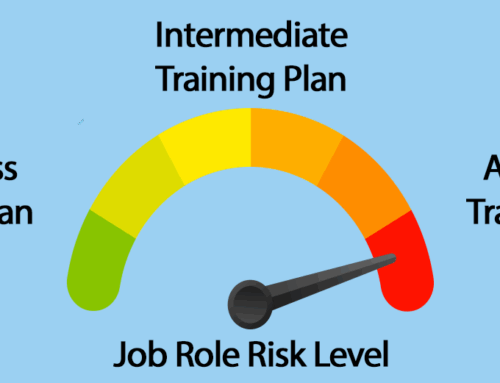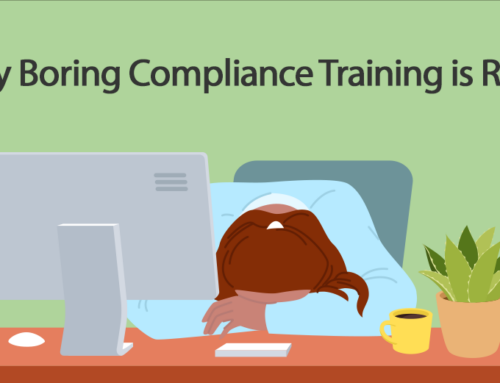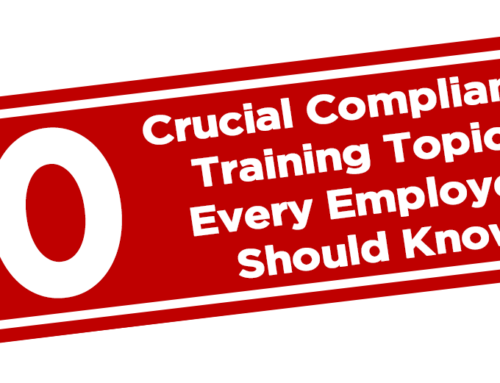Culture of Convenience vs Culture of Compliance
Part I demonstrated what it takes to foster a company-wide “Culture of Compliance” through continuous communication. Compliance courses and communicating company compliance objectives properly are crucial to establishing an effective culture of compliance.
Multiple Touch Points
However, compliance training doesn’t have to end when the initial compliance course is finished. By communicating compliance only once a year, employees adopt a culture of convenience – not compliance. The real culture of compliance begins by creating multiple touch points that reinforce company compliance-objectives and specific messages. These compliance touch points can continue after initial training with reminders, such as short videos, interactive webinars, and simple posters that are designed to reinforce your culture of compliance.
Positive Focus
Another essential element of a successful culture of compliance is to focus on the positive results of compliance instead of the consequences of failure. While the consequences must be clearly laid out in the training materials, an emphasis on following orders only to avoid punishment tends to create a culture of narrowly defined procedures. Actively applying best practices empowers employees to question the nature of any given interaction in the context of a larger goal.
Provide Resources
In addition, the US Department of Justice and the SEC have joined forces to produce a resource guide to help organizations with compliance training and follow-up. In the end, however, training courses can only accomplish so much. It is up to each employee to apply that training to specific interactions, especially during conferences, bid processes, and entertaining business partners. It is critical that dialog is encouraged and clear lines of communication are established so your employees know where to get the answers they need.
In the final article in our series, we consider ways to deal with the inevitable changes to what compliance means in a rapidly changing world. Continuous updates are just as important as continuous communication and continuous training in keeping your culture of compliance alive and well.





